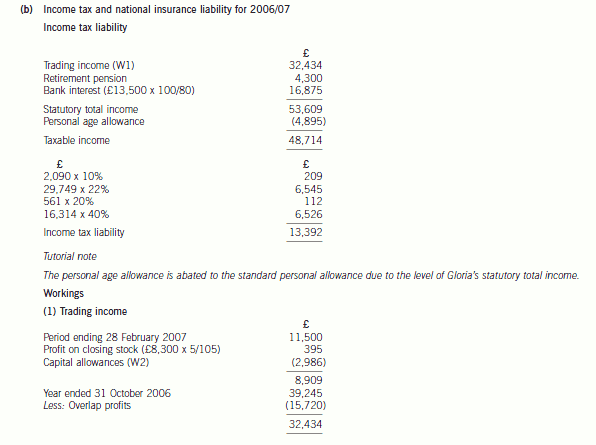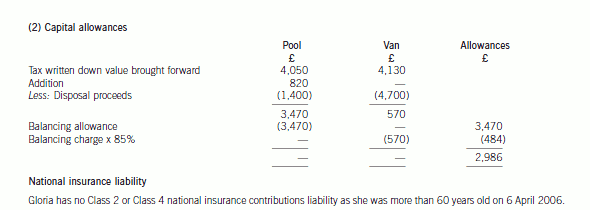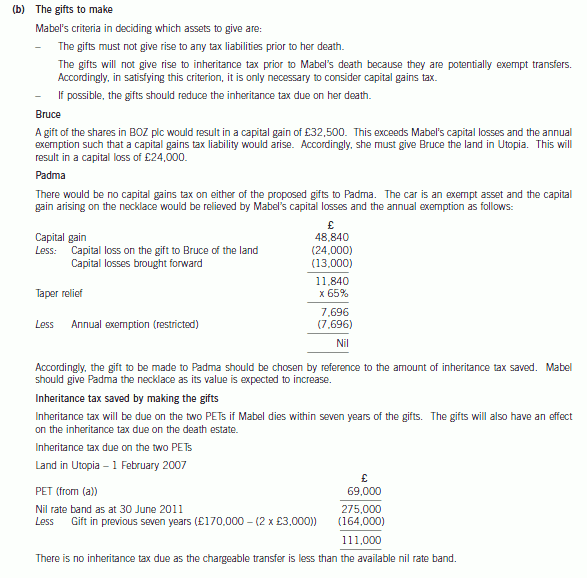四川省考生注意:2020年ACCA考试,科目要这么选!
发布时间:2020-01-10
ACCA考试一共有13门考试科目,这对于一个刚学习ACCA的考生来说,多少有点难以下手的感觉。按照以往考霸学习经验,ACCA考试13门科目如何搭配比较合理呢?今天51题库考试学习网就给大家介绍一下吧!当然,51题库考试学习网推荐大家的报名顺序不一定是适用于每一个人的,仅供大家参考哟~大家一定要根据自己的学习能力和进度来调整报考顺序,毕竟适合自己的才是最好的。
ACCA考试科目共13科,分为四个大模块:知识模块(ACCA考试科目AB-FA)、技能模块(ACCA考试科目LW-FM)、核心模块(ACCA考试科目SBL&SBR)、选修模块(ACCA考试科目AFM-AAA)。学员只需要通过11门必修科目及2门选修科目共13门课程即可通过考试。
不过,总体来说,ACCA考试科目有两个部分:基础阶段和专业阶段。他们各自有哪些特点呢?
第一部分为基础阶段,主要分为知识课程和技能课程两个部分。知识课程主要涉及财务会计和管理会计方面的核心知识,也为接下去进行技能阶段的详细学习搭建了一个平台。技能课程共有六门课程,广泛的涵盖了一名会计师所涉及的知识领域及必须掌握的技能。
第二部分为专业阶段,主要分为核心课程和选修(四选二)课程。该阶段的课程相当于硕士阶段的课程难度,是对第一部分课程的引申和发展。该阶段课程引入了作为未来的高级会计师所必须的更高级的职业技能和知识技能。选修课程为从事高级管理咨询或顾问职业的学员,设计了解决更高级和更复杂的问题的技能。
对于ACCA考生来说,这必考的13门科目必须按模块顺序来报考,即知识模块-技能模块-核心模块-选修模块。必须按照这个顺序来报考,但是各个模块内部的科目是可以打乱顺序考的。例如:F1-F3,可以先考F3,再考F2,再考F1,后面的依此类推。
当然,ACCA每一次考试最多可以报满4科,那么可以把前面模块的都报上,报完以后还有剩余科目可以给后面模块的再报上后面模块的科目。
例如,可以一次把F1、F2、F3、F4都报上,考试结束后,F4、F3、F2都通过了,F1没通过,那么下次报F678等科目时,必须先把F1报上,如果考完了F4-F9的科目,F1还是没通过,报P阶段时,F1也必须先报上。就是说前一个模块没有考完的科目,必须在下一次报考下一个模块考试时都带上继续报考,直到通过。后面的依此类推。
F阶段的考试相对比较简单,P阶段考试科目是专业的阶段课程,相对于前面二部分是有难度的,对综合应用英语的能力和专业知识部分提出了新的挑战。ACCA考试科目P2、P4、P5偏向于计算,ACCA考试科目P1和P3的计算量较少。所以想一次性报考的话,ACCA考试科目P2、P4、P5偏向于计算,ACCA考试科目P1和P3的计算量较少,建议交叉考试分配,在告诉大家分配考试顺序之前,温馨提示一下大家:这里的可以随机顺序报考,指的是阶段内部的报考,譬如F阶段里面F1-F9你可以任意顺序报考,而硬性规定的一点就是F阶段的全部通过之后,才可以报考P阶段的考试。
这里给出的组合建议是:
1.毅力有精力有可以F6+F7+F9,然后F8+P1+P2,若是求稳,应该选择F6+F9,然后F7+F8
2.学习 F9 P2
3.学习 P1 P3
4.学习 P4 P5
为梦想孤注一掷,让努力苦尽甘来。以上信息希望可以帮助到你,最后51题库考试学习网祝你考试成功
下面小编为大家准备了 ACCA考试 的相关考题,供大家学习参考。
(b) Compute Gloria’s total income tax and national insurance liability for 2006/07. (7 marks)


9 Which of the following items must be disclosed in a company’s published financial statements (including notes)
if material, according to IAS1 Presentation of financial statements?
1 Finance costs.
2 Staff costs.
3 Depreciation and amortisation expense.
4 Movements on share capital.
A 1 and 3 only
B 1, 2 and 4 only
C 2, 3 and 4 only
D All four items
(d) Corporate annual reports contain both mandatory and voluntary disclosures.
Required:
(i) Distinguish, using examples, between mandatory and voluntary disclosures in the annual reports of
public listed companies. (6 marks)
(d) (i) Mandatory and voluntary disclosures
Mandatory disclosures
These are components of the annual report mandated by law, regulation or accounting standard.
Examples include (in most jurisdictions) statement of comprehensive income (income or profit and loss statement),
statement of financial position (balance sheet), cash flow statement, statement of changes in equity, operating segmental
information, auditors’ report, corporate governance disclosure such as remuneration report and some items in the
directors’ report (e.g. summary of operating position). In the UK, the business review is compulsory.
Voluntary disclosures
These are components of the annual report not mandated in law or regulation but disclosed nevertheless. They are
typically mainly narrative rather than numerical in nature.
Examples include (in most jurisdictions) risk information, operating review, social and environmental information, and
the chief executive’s review.
(b) Mabel has two objectives when making the gifts to Bruce and Padma:
(1) To pay no tax on any gift in her lifetime; and
(2) To reduce the eventual liability to inheritance tax on her death.
Advise Mabel which item to gift to Bruce and to Padma in order to satisfy her objectives. Give reasons for
your advice.
Your advice should include a computation of the inheritance tax saved as a result of the two gifts, on the
assumption that Mabel dies on 30 June 2011. (10 marks)


声明:本文内容由互联网用户自发贡献自行上传,本网站不拥有所有权,未作人工编辑处理,也不承担相关法律责任。如果您发现有涉嫌版权的内容,欢迎发送邮件至:contact@51tk.com 进行举报,并提供相关证据,工作人员会在5个工作日内联系你,一经查实,本站将立刻删除涉嫌侵权内容。
- 2020-08-01
- 2020-01-10
- 2019-07-21
- 2021-04-23
- 2019-12-29
- 2020-01-09
- 2020-03-05
- 2020-01-10
- 2020-01-09
- 2020-01-10
- 2020-05-21
- 2020-03-19
- 2020-04-16
- 2021-05-14
- 2020-01-09
- 2020-03-11
- 2020-01-10
- 2020-05-14
- 2020-03-05
- 2020-01-10
- 2020-01-09
- 2020-02-28
- 2019-07-21
- 2020-01-09
- 2020-05-17
- 2021-05-12
- 2020-04-17
- 2020-01-09
- 2020-03-03
- 2020-04-11